This page outlines the options available in the Z50Bus compatible, SC500 series of modular computer cards and backplanes.
Obviously, the most important question is: “What colour should it be?”
SC500 series PCBs are offered in a range of colours as individual boards and as parts of kits. In addition, the design files are available for you to have your own boards manufactured in other colours.
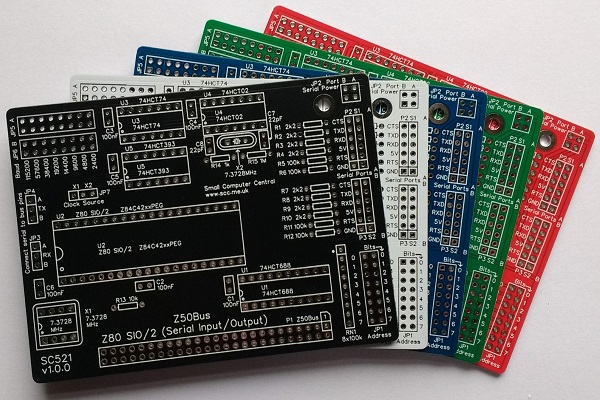
Below is a summary of the colours offered.
Standard backplanes | Black | White | Blue | Green | Red |
| SC501 – 7-slot, narrow |  |  |  |  |  |
| SC507 – 3-slot, narrow |  |  |  |  |  |
| SC508 – 10-slot, wide |  |  |  |  |  |
| SC515 – 14-slot narrow |  |  |  |  |  |
Modular backplanes | Black | White | Blue | Green | Red |
| SC513 – 6-slot, power |  |  |  |  |  |
| SC522 – 6-slot, narrow |  |  |  |  |  |
| SC517 – RC2014 adapter |  |  |  |  |  |
Power supply cards | Black | White | Blue | Green | Red |
| SC502 – 12-volt input |  |  |  |  |  |
| SC526 – 5-volt input |  |  |  |  |  |
Processor cards | Black | White | Blue | Green | Red |
| SC503 – Z180 processor |  |  |  |  |  |
| SC516 – Z80 processor |  |  |  |  |  |
| SC527 – Z80 processor |  |  |  |  |  |
| SC518 – Z80 CPU only |  |  |  |  |  |
Memory cards | Black | White | Blue | Green | Red |
| SC519 – Z80 memory |  |  |  |  |  |
| SC523 – Firmware dev. |  |  |  |  |  |
Storage cards | Black | White | Blue | Green | Red |
| SC504 – CompactFlash |  |  |  |  |  |
| SC503 – includes SD card |  |  |  |  |  |
Serial port cards | Black | White | Blue | Green | Red |
| SC511 – Z80 SIO + CTC | |||||
| SC521 – Z80 SIO | |||||
| SC520 – 68B50 ACIA | |||||
Digital I/O cards | Black | White | Blue | Green | Red |
| SC506 – 8 in, 8 out | |||||
| SC509 – Z80 PIO | |||||
Prototyping cards | Black | White | Blue | Green | Red |
| SC510 – Prototyping | |||||
| SC512 – Breakout | |||||
Other cards | Black | White | Blue | Green | Red |
| SC505 – RTC and I2C | |||||
| SC514 – Z80 CTC timer |
You can make your system with a mix of colours if you really want to stand out from the crowd or if you can’t make your mind up!
With the difficult colour decision out of the way, the next question is; “What do you want to do with your retro computer?”
Consider the following questions:
- Do you want to just run existing software?
- Do you want to write software?
- Do you want to experiment with hardware?
- Do you want your system in a neat box?
- Will you be making changes to the hardware over time?
- How authentic (retro) do you want your system?
- Do you want to run CP/M?
- Do you want to run RomWBW?
What bits do you need?
A Z50Bus system is made up of a backplane and a number of cards.
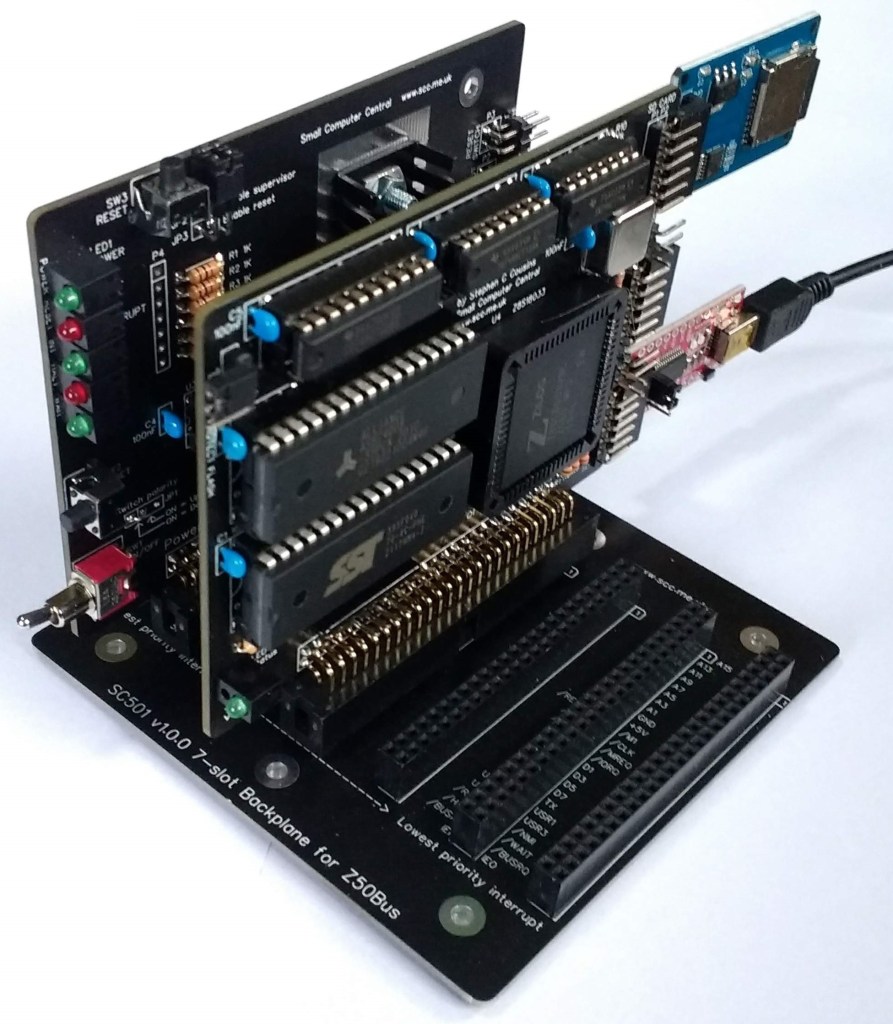
A typical minimal system requires:
- Backplane (to fit the cards to)
- Power supply
- Reset circuit
- Central processing unit (CPU)
- Memory (RAM and ROM)
- Serial port
The SC591 system, illustrated above, implements this with two cards mounted on a 7-slot backplane (SC501). The power supply and reset circuits are provided by SC502, while the CPU, memory, and serial port are provided by SC503.
Hardware compatibility details can be found here.
Backplanes
The SC500 series includes two styles of backplane.
Standard backplanes only have vertical connectors, or ‘slots’, for cards.
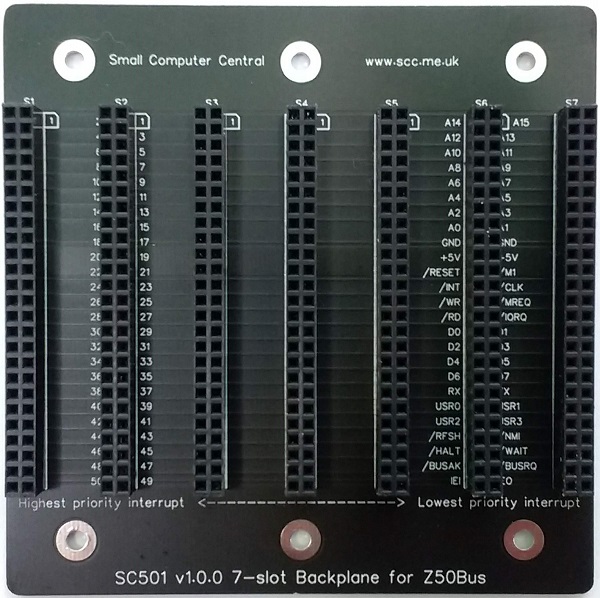
Modular backplanes have horizontal connector(s) to allow the backplane to be extended with additional modular backplane sections. They also allow one card to be mounted horizontally at the end of the backplane. This can be helpful when experimenting with hardware.
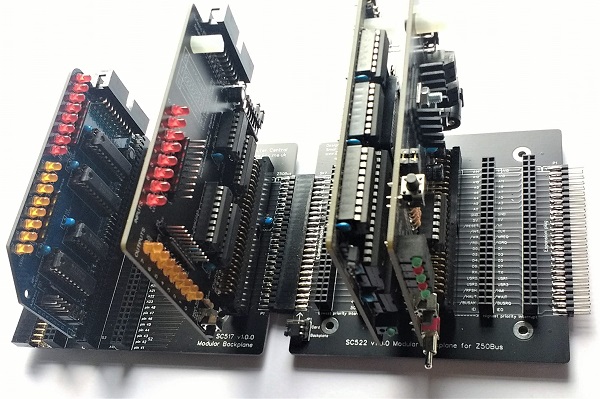
Backplanes come in a range of different lengths, enabling small and large systems to be built. Finally, the slot spacing can be narrow or wide. Narrow spacing makes for a more compact system, but wide spacing is easier if you regularly experiment with hardware.
| Backplanes | ||||
| Standard | SC501 | SC507 | SC508 | SC515 |
| Vertical sockets | 7 Z50Bus | 3 Z50Bus | 10 Z50Bus | 14 Z50Bus |
| Horiontal socket | No | No | No | No |
| Horzontal plug | No | No | No | No |
| Power input | No | No | No | No |
| Reset | No | No | No | No |
| Supervisor | No | No | No | No |
| Module spacing | 0.6″ 15.24mm | 0.6″ 15.24mm | 0.8″ 20.32mm | 0.6″ 15.24mm |
| Backplanes | ||||
| Modular | SC513 | SC517 | SC522 | |
| Vertical sockets | 6 Z50Bus | 1xZ50Bus 3xRC2014 | 6 Z50Bus | |
| Horizontal socket | Yes Z50Bus | Yes RC2014 | Yes Z50Bus | |
| Horizontal plug | No | Yes Z50Bus | Yes Z50Bus | |
| Power input | 5 volt 1 amp | No | No | |
| Reset | Yes | No | No | |
| Supervisor | Yes | No | No | |
| Module spacing | 0.6″ 15.24mm | 0.6″ 15.24mm | 0.6″ 15.24mm | |
| Special feature | None | RC2014 adapter | None |
Power supply
There are several ways to power an SC500 series system:
- From a USB to serial adapter. SC500 series serial ports have a 5-volt input pin which can be used to power the system. This works for modest size systems but isn’t ideal.
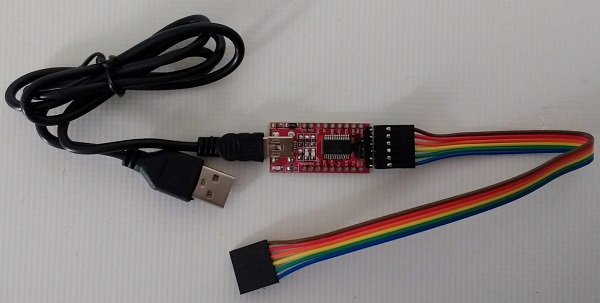
- From a backplane. Backplanes can include a power input connector. This is generally preferable to powering from a serial port, but still doesn’t really fit with the design philosophy of the SC500 series.
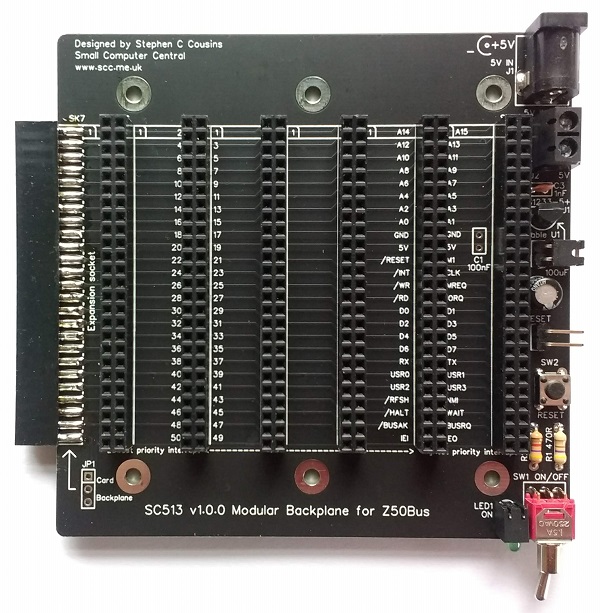
- The prefered way to power an SC500 series system is to use a power card. These cards also provide a good quality clean reset signal and also status indicator lights.

The first method of powering the system typically takes the power from a modern computer via a USB socket. The other two methods generally require a wall-mounted (wall-wart) power adapter.
| Power cards | SC502 | SC526 |
| Voltage input | 8 to 12 volts | 5 volts |
| Max current | 1 amp | 1 amp |
| Reset | Yes | Yes |
| Supervisor | Yes | Yes |
| Status LEDs | 5 | 5 |
Processor
The SC500 series offers a choice of two microprocessors:
- The Z80 was extremely popular in the late 70s and 80s.

- The Z180 was introduced later as advances in integrated circuit manufacture allowed more complex designs.
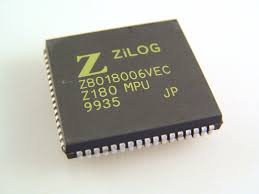
The Z180 is essentially software compatible with the Z80 but includes extra functions such as serial ports. The Z180 allows physically smaller systems to be created and also reduces the system cost.
Currently, to run RomWBW on an SC500 series system you require a Z180 processor.
If you want a system nearest to an authentic 1980 computer you should use the Z80 processor. If you are willing to use later technology then a Z180 based system will be a good choice.
| Processor cards | ||||
| Standard bus | SC503 | SC516 | SC518 | SC527 |
| CPU | Z180 | Z80 | Z80 | Z80 |
| Clock (MHz) | 18.432 | 7.3728 | 7.3728 | 7.3728 |
| Reset | No | No | No | No |
| Supervisor | No | No | No | No |
| RAM (kB) | 512 | 128 | None | 128 |
| ROM (kB) | 512 | 32 | None | 4 x 32 |
| Serial ports | 2 | 1 | None | 1 |
| Baud rate | 300 to 115200 | 9600 | n/a | 9600 |
| Firmware | RomWBW | SCM | None | SCM |
| Status LEDs | 1 | 1 | None | 1 |
| Special feature | SPI port for SD card | None | Three clocks | Two clocks |
Memory
Typical Z80 systems in 1980 had 64k bytes of RAM. It is possible to have more than 64k bytes of RAM on a Z80 system but it is easier to implement significantly larger memory maps with the Z180 processor.
| Memory cards | SC519 | SC523 |
| RAM (kB) | 128 | 128 |
| ROM (kB) | 4 x 32 FLASH | 4 x 32 FLASH |
| Firmware | SCM | SCM |
| For CPU | Z80 | Z80 |
| Status LEDs | 1 | 1 |
| Special feature | None | Firmware development |
Serial ports
Most systems include at least one serial port. This allows the retro computer to use a terminal, or modern computer acting as a terminal, as the main user interface.
Some processor cards include one or more serial ports:
- SC503 has two serial ports. These have software-selectable baud rates. These ports are included in the Z180 CPU.
- SC516 has one serial port. This is a very basic “bit-bang” port running at 9600 baud.
Serial ports can also be provided by dedicated cards:
- SC511 has two serial ports (Z80 SIO) and a four-channel counter/timer (Z80 CTC). The serial ports have software-selectable baud rates controlled by two of the counter/timer channels.
- SC521 has two serial ports with their baud rates set with jumpers.
- SC520 has one serial port (68B50 ACIA) with its baud rate set with jumpers.
| Serial cards | SC511 | SC521 | SC520 |
| Ports | 2 | 2 | 1 |
| Baud rate | 300 to 115200 | 2400 to 115200 | 2400 to 115200 |
| Baud rate control | Software via CTC | Jumper | Jumper |
| Device | SIO/2 | SIO/2 | 68B50 ACIA |
| Extras | Timers |
Storage
If you want to load and save files you will need some form of storage. While it is possible to transfer data to and from a modern computer via a serial port, it is generally better to have some local storage on the retro computer. Two solutions are currently offered:
- CompactFlash cards provide fast file access. SC504 allows CompactFlash cards to be used for CP/M and RomWBW.
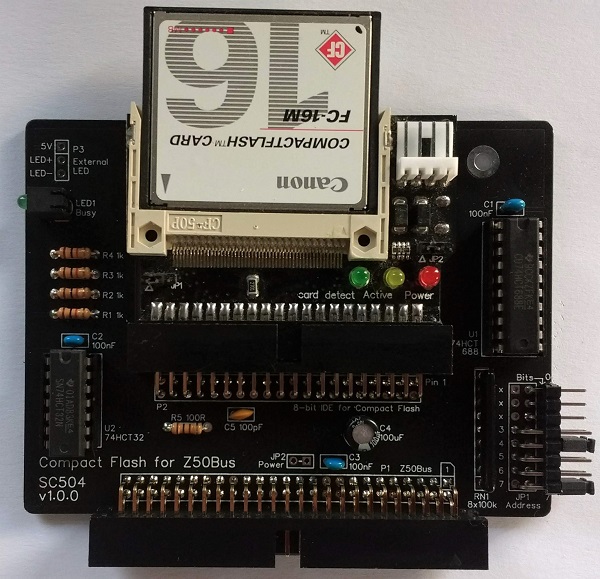
- SD cards. The Z180 processor card SC503 provides a port for connecting an SD card. This is supported by RomWBW.
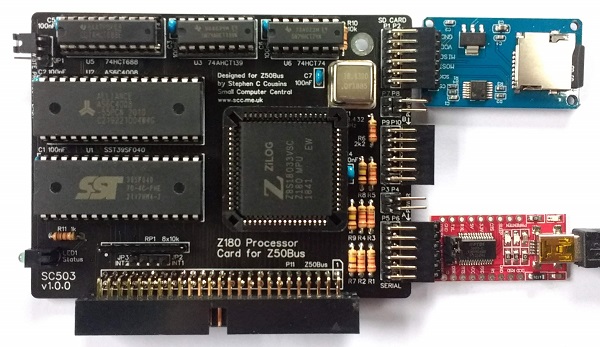
| Storage cards | SC504 | SC503 |
| Device | Compact Flash | includes SPI port for SD card |
Digital I/O cards
Digital input/output modules can include signals to interface to external electronics and/or LEDs and switches. Input/output signals can either be fixed input or outputs, or they can be programmable bi-directional signals.
| Digital I/O cards | SC506 | SC509 |
| Device | 74 series logic | Z80 PIO |
| Bi-directional signals | None | 16 |
| Signal outputs | 8 | 8 |
| Output LEDs | Yes (8) | None |
| Signal inputs | 8 | None |
| Input LEDs | Yes (8) | None |
Prototyping cards
| Prototyping cards | SC510 | SC512 | |
| Features | Matrix layout | Breakout Decoding |
Other cards
| Other cards | SC505 | SC514 |
| Features | I2C bus RTC | Z80 CTC (4 timers) |
Example systems
- System #1: Minimal Z80 computer. Includes the Small Computer Monitor, BASIC, but no storage.
- System #2: Z80 computer with CP/M and CompactFlash file storage
- System #3: Z180 computer with RomWBW CP/M and SD card file storage (sold as a kit: SC591)
- System #4: Hardware developer’s system (Z80 based)
- System #5: Firmware developer’s system (Z80 based)
- SC501 – 7-slot backplane with narrow spacing
- SC502 – Power, reset, and status card. 8 to 15-volt power input
- SC518 – Z80 CPU card with three oscillator options
- SC519 – Z80 memory card (128k RAM, 128k Flash ROM)
- SC523 – Firmware developer’s programmable ‘ROM’ card
- SC511 – Serial card (2 serial ports, 4 counter/timer channels)